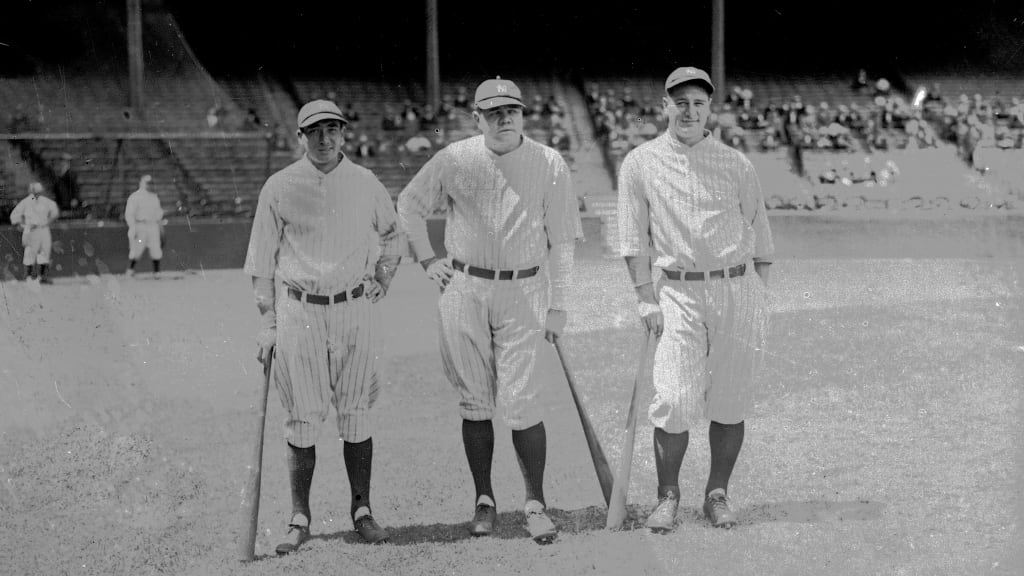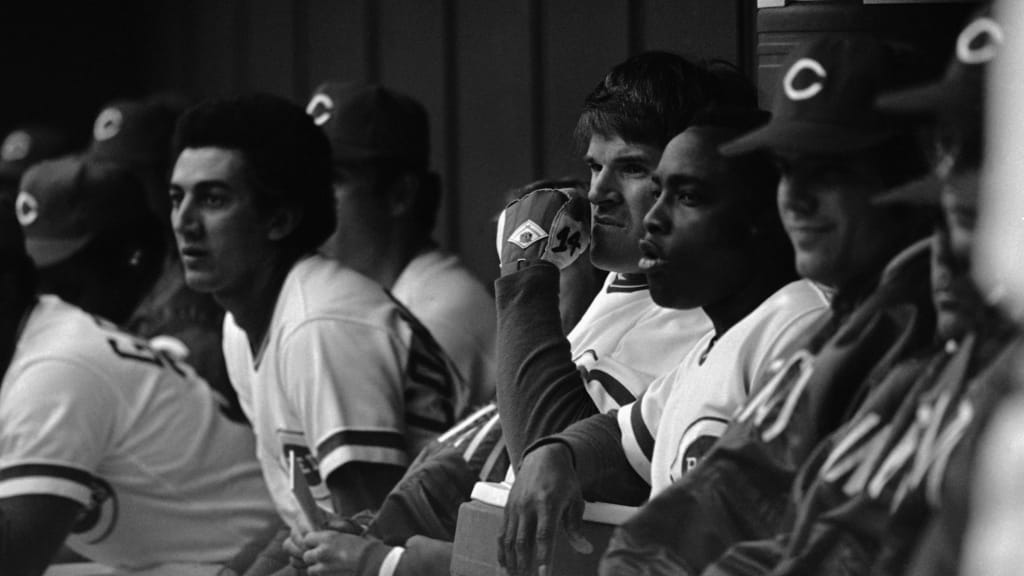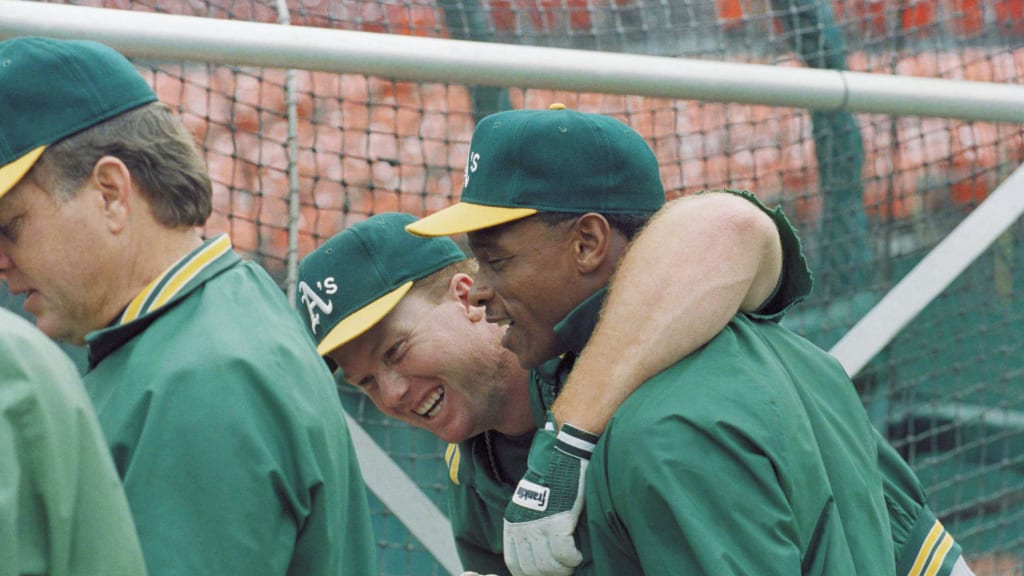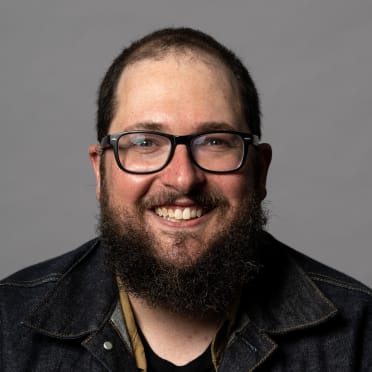
A.J. Preller -- who has never seen a deal he didn't love -- pulled it off. Shortly before Tuesday's Trade Deadline, the Padres finished off the trade that baseball fans had been speculating about ever since Juan Soto rejected the Nationals' last contract offer: In exchange for a bushel of prospects and future stars, San Diego added Soto and first baseman Josh Bell to a lineup already brimming with stars.
Soto isn't alone, though. Joining him in the lineup are stars Manny Machado and Fernando Tatis Jr., who faced live pitching on Monday and is expected to begin a rehab assignment soon. Suddenly, a team that has struggled on offense this year is immediately transformed into one of the most frightening middle of the orders in Major League history.
Soto and Tatis both entered Tuesday with a career 160 OPS+, while Machado has a 153 mark this season. No team since the start of the 20th century has had more than three players accomplish that at the same time, and the Padres could keep this group together for a long, long time. After all, both Soto and Tatis are just 23 years old, while Machado just turned 30 last month and is signed through 2028.
It's not only their talent, either: These are the faces of baseball, and they're now assembled on one coast and in one clubhouse. Tatis made bright pink-and-yellow accessories the must-have accessory -- Do you really think the Padres' City Connect unis would be the hypersonic, multi-colored combo if it wasn't for Tatis? -- while Soto is inspiring children all around the country show off their own batting stance shuffles.
So the question now is this: Could the Padres have the greatest batting trio in baseball history? (And do they even have the best in the division? The Dodgers have Mookie Betts, Freddie Freeman and Trea Turner -- with more than one candidate for the NL MVP Award this year.)
While we wait for time to answer that, here are nine other groups that could vie for the honor.
(Note: Years listed are for the time when all three players were on the Major League roster together.)
1) Babe Ruth, Lou Gehrig, Tony Lazzeri -- 1926-34 (Yankees)
Here's the heart of the Murderers' Row Yankees, who won three World Series titles together. While you certainly know the names of Ruth and Gehrig -- among the upper echelon of players to ever walk onto the field -- Lazzeri has been overshadowed next to the baseball giants. During those years, Lazzeri slashed .300/.382/.482 with 259 doubles, 100 triples and 128 homers -- all while manning second base.

2) Jackie Robinson, Roy Campanella, Duke Snider -- 1948-56 (Dodgers)
It's the crew that not only brought Brooklyn its lone World Series title, but helped change baseball forever. Snider held down center-field duties while swinging like a first baseman, bashing 40-plus home runs every season from 1953-57 -- leading the league in slugging and OPS twice during that time. Snider benefited greatly from the bats behind him too, as he led the Majors in runs in 1953 and '55, while leading the NL in '54.
Robinson was a speed and on-base machine, twice leading the Majors in stolen bases and putting up a .410 OBP for his career. Even when he was 36 and near the end of his career during the Dodgers' 1955 World Series run, Robinson still got on base at a .378 clip with an unbelievable K/BB rate (18 strikeouts vs. 61 walks).
Then there was Campanella, the power-hitting catcher, who brought it all together. Campy won three MVP Awards for the Dodgers and topped the 30-homer mark four times. Even all these years later, Campanella is tied with Johnny Bench for the second-most 30-homer seasons as a catcher behind Mike Piazza -- and Campanella had big league years stolen from him due to segregation. Imagine what could have been possible if he had been allowed to reach the Dodgers before 1948.
3) Mickey Mantle, Roger Maris, Yogi Berra -- 1960-63 (Yankees)
This is the stuff entire shelves of baseball books are made of. Mantle and Maris combined for perhaps the greatest summer in baseball history in 1961 as the two attacked Babe Ruth's then-record of 60 home runs. Many seem to forget that in addition to hitting 61 homers, Maris won back-to-back MVP Awards in 1960 and '61, and he averaged 39 home runs a season while the three shared the lineup together. Mantle won his third MVP Award in 1962 and had a remarkable 188 OPS+ over their four seasons together.
Though Berra was at the nadir of his career and finally stopped playing in 130-plus games a season as he gave way to Elston Howard, he still blasted 55 home runs during this period and led the Yankees to two World Series titles.
4) Willie Mays, Willie McCovey, Orlando Cepeda -- 1959-66 (Giants)
Anytime you can start with Willie Mays, you know you're in good company. Mays is, well, Mays -- posting a .974 OPS across the seven seasons this trio played together while averaging 41 home runs a year and collecting an MVP Award in '65. Yeah, that'll do nicely.
Meanwhile, after winning the NL Rookie of the Year Award in '58, Cepeda held down first base while smashing 218 home runs, including 30-plus every year from 1961-64. Though McCovey's best years came after Cepeda was traded from the team, there's a reason the team named the cove near the ballpark after him: McCovey added his own Rookie of the Year Award in '59 and pounded out 201 home runs and a .904 OPS. How a pitcher could possibly survive facing the center of that lineup is a complete mystery.
Of course, this trio highlights just how hard it is to win a World Series: Despite their dominance, the team lost the 1962 World Series to the Yankees in seven games, and didn't appear in another postseason while they were together.
5) Joe Morgan, Pete Rose, Johnny Bench -- 1972-78 (Reds)
While there was plenty of talent up and down the Reds' lineup during this era, there's a reason why they didn't win a World Series title until acquiring Joe Morgan. Each player in this trio is in the conversation as the greatest to ever play their position, so of course stuffing them all into one lineup turned Cincinnati into a fearsome force.
Morgan combined power, speed and a patient batting eye that can't be topped. He averaged a .419 OBP with 20 home runs and a whopping 54 stolen bases per season over this stretch. At the same time, Rose topped 200 hits four times and won the 1973 NL batting title and MVP Award.
And then there was Bench, who hit 40 home runs and won the 1972 MVP Award for his efforts. Over these seven years, he averaged 28 home runs and a 135 OPS+ while squatting behind the dish for 143 games a season. One can only imagine what his numbers might have looked like if ever took a day off.

6) Mark McGwire, Rickey Henderson, Jose Canseco -- 1989-93 (Athletics)
When the A's traded to bring Henderson back from the Yankees in '89, they helped assemble one of the most powerful, athletic and frightening lineups in baseball. With Henderson leading off and running wild, there were plenty of RBI opportunities for McGwire and Canseco behind him. Henderson posted an OBP above .400 every season while back in the green and gold, stealing 254 bases during this second stint in Oakland.
Canseco was still a power/speed threat, too -- even if his 40-40 season came in '88. After playing in only 65 games in '89, Canseco hit 81 home runs -- including an MLB-best 44 in '91 -- and stole 45 bases from 1990-91. Though McGwire wasn't going to steal many bags (his career high of three came in 1997), he could certainly crush some dingers and help bring in the guys who weren't fast enough to race around the bases on their own. He averaged 34 home runs, 96 RBIs and 94 walks a season from 1989-92.
Sure enough, the group was good enough to win the 1989 World Series but couldn't go back-to-back after being swept by the underdog Reds in '90.

7) Manny Ramirez, Jim Thome, Albert Belle -- 1993-96 (Cleveland)
Ramirez and Thome may have gone on to brighter futures in later years, but there's no denying that Cleveland had one of the most frightening lineups during the mid-1990s. Though he was still getting stronger, Ramirez posted a .934 OPS over these seasons, topping the 30-homer mark twice and reaching his first All-Star Game. Thome did just a bit better: His OPS was a whopping .980 and he blasted 38 home runs in '96 -- the first of nine straight seasons in which he'd hit 30-plus homers.
Though his accomplishments were overshadowed by his on- and off-the-field issues, Belle posted a remarkable 1.040 OPS to go with an average of 43 home runs and 40 doubles during this period. His 1995 campaign was one of the best ever as he led the Majors in doubles with 50 and home runs with 52 -- the only player in history to go 50-50.
Sadly for Cleveland fans who have been waiting for a World Series title for nearly 80 years, this group was good enough to win a pennant but couldn't get past the Braves in 1995.
8) Ken Griffey Jr., Edgar Martinez, Alex Rodriguez -- 1994-99 (Mariners)
They may not have reached a World Series, but no team was cooler. Griffey just was the '90s -- showing off the sweetest swing possible en route to four home run titles and back-to-back 56-homer seasons.
Martinez was such a constant threat at the plate that the annual DH award is named in his honor. From 1994-99, this was his average batting line: .329/.448/.568 with 25 home runs. Of course, "Gar" also is responsible for "The Double," in the 1995 ALDS to defeat the Yankees, which some believe helped save baseball in Seattle.
And then, there was A-Rod. Though he debuted in '94, he wouldn't become a regular until 1996. At the tender age of 20 and in his first full Major League season, Rodriguez hit .358 with 36 home runs and 54 doubles -- all while playing stellar defense at shortstop. (Somehow, Juan Gonzalez beat him by three points for the '96 AL MVP Award.) Though Rodriguez never approached such a high batting average again, the rest of his game continued to improve until the Rangers signed him to what was at the time the largest contract in baseball history.
9) Albert Pujols, Scott Rolen, Jim Edmonds -- 2002-07 (Cardinals)
Not only was this trio amazing at the dish, but it could be considered the best defensive group on this list, too.
Pujols quickly earned the nickname "The Machine" when he came up in 2001 and put together some of the greatest offensive seasons in big league history. During this stretch, he never hit below .314, got on base below a .394 clip or hit fewer than 32 home runs. He won his first MVP Award and had four more top-three finishes during this span, too -- all of this from a player who was more of a utility player as he moved all over the infield and outfield during his first two seasons!
Edmonds may have been at the other end of his career, but you never would have known it from his on-field performance. The dive-happy center fielder posted a .933 OPS over these six seasons, while bashing 171 doubles and 169 home runs.
And then there was Rolen. Acquired from the Phillies at the 2002 Trade Deadline, Rolen battled injuries, but he was a fearsome slugger when healthy. The third baseman hit 111 home runs to go along with an .879 OPS during his time in St. Louis. It was enough to win the pennant in '04 and give the Cards their first World Series title in 24 years in '06, when they beat the Tigers.
